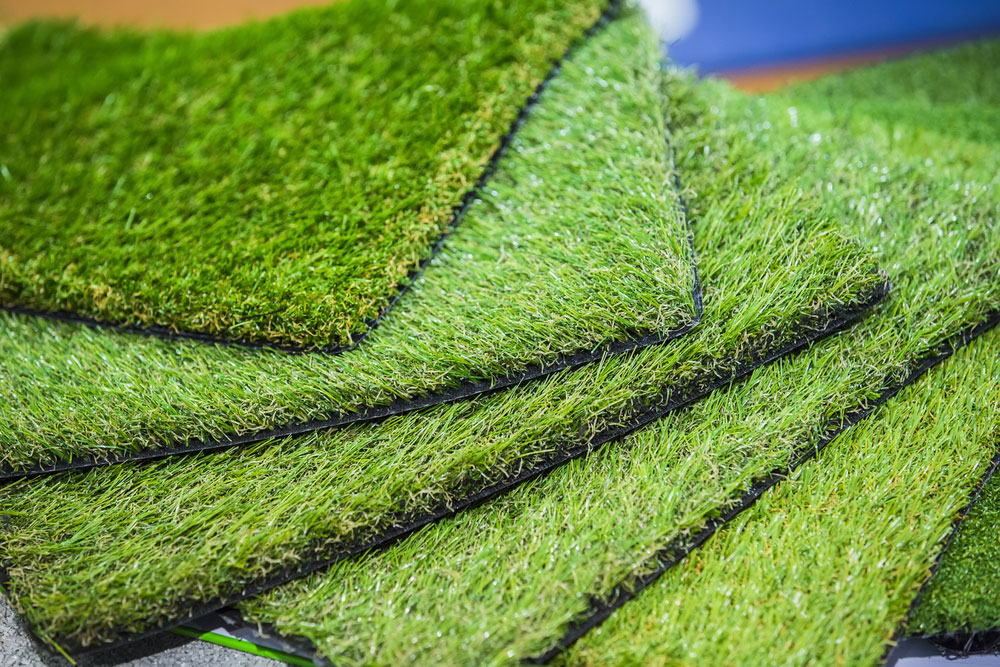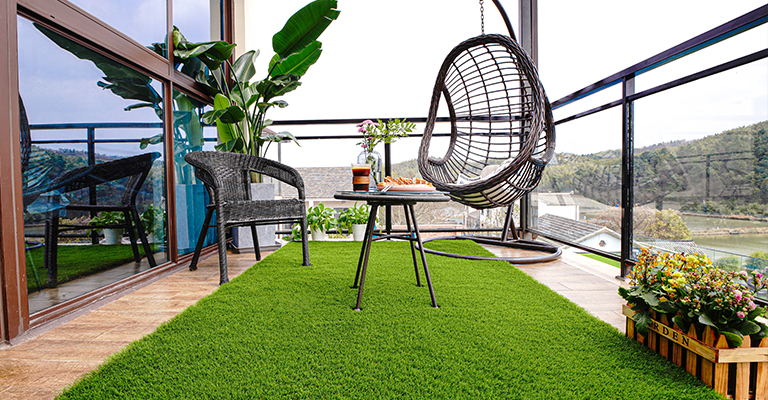Find the Top Artificial Turf Companies Phoenix for Your House or Commercial Space
Find the Top Artificial Turf Companies Phoenix for Your House or Commercial Space
Blog Article
Delve Into the Environmental Conveniences of Opting for Artificial Lawn Solutions
The adoption of fabricated grass options offers an engaging chance to deal with pressing ecological challenges. By considerably reducing water usage and reducing the application of unsafe chemicals, these alternatives not only promote sustainable landscaping but also safeguard regional ecosystems.
Water Conservation Benefits
One of the most substantial benefits of synthetic grass is its capacity to save water. Standard lawn lawns need substantial irrigation, especially in areas vulnerable to dry spell or water limitations. In contrast, synthetic grass does not need watering, substantially decreasing the overall demand for water resources. This attribute is specifically useful in arid regions where water deficiency is a pushing issue.
By getting rid of the need for normal watering, synthetic grass contributes to sustainable landscape practices and helps minimize the ecological effect of excessive water usage. The conservation of water extends to the decrease of drainage, which can lead to soil erosion and waterway air pollution.
In addition, the setup of man-made lawn allows property owners and communities to allot water resources much more effectively, concentrating on crucial uses such as drinking water and agriculture. The shift towards man-made lawn not just advertises liable water use but also lines up with wider environmental objectives focused on protecting all-natural resources.
As neighborhoods progressively focus on sustainability, the water preservation advantages of synthetic grass offer an engaging instance for its fostering in household and business landscape design jobs.
Reduced Chemical Use
The change to fabricated turf substantially lowers the dependence on chemical therapies frequently utilized in natural grass upkeep. Typical lawn administration normally includes the application of herbicides, fertilizers, and pesticides to promote development and control bugs. These chemicals can present risks to human health, neighborhood wildlife, and the environment, adding to soil and water contamination.
In contrast, synthetic grass eliminates the demand for these unsafe compounds. Once installed, it calls for very little upkeep, largely including regular cleansing and irregular infill replenishment. This reduction in chemical use not only profits the instant environment however also adds to wider eco-friendly security. By minimizing the launch of synthetic substances into the ecological community, synthetic grass promotes much healthier soil and water supply.
Additionally, the absence of chemical overflow connected with artificial grass setups helps safeguard neighborhood rivers from pollution, sustaining marine life and maintaining biodiversity. Artificial turf companies phoenix. As neighborhoods significantly prioritize sustainable methods, deciding for synthetic grass presents a feasible option that straightens with ecological conservation goals. With this change, homeowner can appreciate lush eco-friendly areas without endangering eco-friendly health and wellness, leading the means for a more sustainable future
Reduced Carbon Footprint

Additionally, the setup of man-made grass can cause significant water preservation. All-natural lawns require considerable amounts of water for irrigation, which not only adds to the carbon over here footprint connected with water extraction and treatment however likewise stress neighborhood water sources. On the other hand, synthetic grass requires marginal upkeep, calling for no watering, therefore significantly decreasing water usage and its associated energy expenses.
Furthermore, the durability of synthetic grass adds to its lower carbon impact. With a life-span of approximately 15 years or more, the demand see for regular substitutes is diminished, leading to much less waste and reduced energy intake in production and dealing with traditional grass choices. On the whole, man-made grass offers a sustainable option for environmentally aware landscaping.
Habitat Conservation
Environment preservation is a crucial factor to consider in the dispute over landscaping selections, specifically when comparing synthetic grass to all-natural turf. All-natural lawn lawns frequently require extensive upkeep, including the usage of pesticides, herbicides, and plant foods, which can adversely influence regional ecosystems. These chemicals can seep into the soil and rivers, harming indigenous flora and animals and disrupting regional environments.
Man-made grass gets rid of the requirement for dangerous chemicals, therefore protecting nearby wild animals and keeping the honesty of bordering ecological communities. The installment of artificial turf can Arizona artificial turf lead to the conversion of former turf areas into even more biodiverse landscapes, such as pollinator yards or indigenous plant areas, which can support neighborhood wild animals.
Inevitably, the change to synthetic grass not just saves water and minimizes maintenance efforts however likewise promotes a much more harmonious connection between human tasks and the native environment, advertising environment conservation at the same time.
Long-Term Sustainability
Long-term sustainability is an important consider evaluating the benefits of man-made turf over typical lawn lawns. Among the most significant advantages of synthetic lawn is its longevity; it can last as much as 15-20 years with minimal upkeep, whereas natural lawn requires regular reseeding and substitute. This longevity lowers the requirement for consistent resources, such as water, plant foods, and pesticides, which are essential for preserving a healthy turf lawn.
Furthermore, synthetic lawn contributes to a decrease in carbon emissions related to lawn care tools. Conventional grass typically call for gas-powered mowers, trimmers, and blowers, every one of which add to air contamination. Arizona turf. On the other hand, man-made turf gets rid of the demand for such equipment, promoting a cleaner setting
Moreover, the manufacturing of fabricated lawn significantly utilizes recycled products, boosting its sustainability account. As manufacturers embrace eco-friendly methods, the ecological impact of synthetic grass continues to reduce.

Final Thought
The fostering of synthetic grass services offers considerable ecological advantages, consisting of considerable water preservation, decreased dependence on damaging chemicals, and a lower carbon footprint. Artificial grass help in preserving all-natural environments by reducing land disruption and promoting long-lasting sustainability via the usage of resilient products. Collectively, these aspects emphasize the capacity of fabricated turf to contribute favorably to environmental health and use a viable alternative to standard landscape design practices in a progressively resource-conscious globe.
In comparison, artificial grass does not require watering, dramatically reducing the overall need for water resources. By lessening the release of synthetic compounds into the ecological community, man-made turf advertises healthier dirt and water systems.
Moreover, the setup of man-made grass can result in considerable water preservation. In comparison, man-made grass requires very little upkeep, needing no watering, consequently substantially lowering water use and its linked power prices.

Report this page